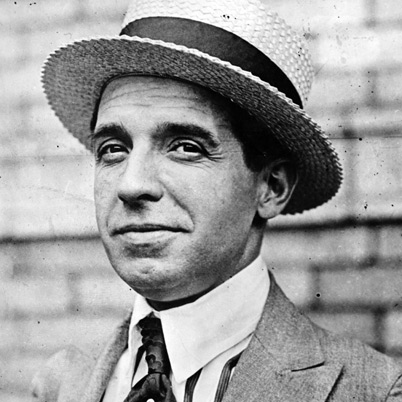
Ponzi schemes
The words Ponzi Scheme mean that a fraudulent investment operation was created and implemented; where returns were paid to its investors from “existing capital or new capital was paid by […]


The words Ponzi Scheme mean that a fraudulent investment operation was created and implemented; where returns were paid to its investors from “existing capital or new capital was paid by […]

Enron was born in 1985 from the merger of two companies specializing in the transportation of gas. At that time the energy sector deregulation including the gas market created a […]